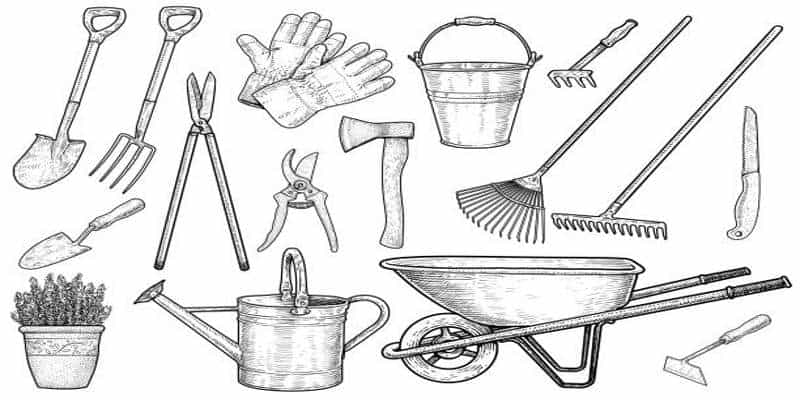Office Procedure: Billing And Payment Procedures
What Is Office Procedure?
Office procedure can be defined as the method, technique, or system through which an office conducts its business.

Importance Of Office Procedure
- It contributes to the smooth operation of daily office activities and assists in resolving structural problems.
- It enables tasks to be completed more quickly.
- It contributes to the reduction and prevention of fraud.
- It aids in the general coordination of the organization’s numerous departments.
- It simplifies on-the-job training.
[irp]
Procedure For Preparing Bills (Invoice And Receipts)
There are plenty of automated techniques that can be used to accelerate the generation of bills or invoices:
1. The Computer
A computer is an electrical device that accepts, processes saves, and retrieves data or information. Softwares can be placed on a computer to simplify the process of creating bills, receipts, and invoices.
2. The Typewriter
A regular typewriter can be used to swiftly, clearly, and uniformly prepare bills.
3. The Typewriter/Calculator Fusion
The billing staff can type the textual data into the typewriter or calculator and then use special computation keys to determine the totals.
[irp]
4. The Adding Machine:
Businesses that provide fixed bills to constant customers may employ ten-key or full bank bookkeeping devices. A bill for a service, such as electricity or rent, is an example.
5. Cash Register
The cash register is critical for adding machines equipped with a cash drawer. It enlarges the figures and prints them on a tape. A cash register can be reconfigured to function as a billing machine.
6. The Photocopy Strategy
Many small officers, like pharmacists and physicians, produce monthly bills and statements of account simply by photocopying the client’s billing card, which is then folded and mailed to the client in an envelope.
Procedures For Making Payments
Payment for items sold or services rendered in business can be made in a variety of methods, including cash, check, or bank draft.
1. By Cash
Paper currency are legal tender that are used in commercial operations to make cash payments. People exchange cash for goods and services including books, magazines, food, and utilities. Cash is primarily utilized for modest purchases.
[irp]
2. By Cheque
A cheque is a legal document to a bank to pay a specified amount of money in a specified currency on demand. It typically bears the name of the individual to whom it is to be paid. Cheques are used to withdraw funds from a current account.
A cheque may be made payable to the individual and collected from either the bank, or it may be made payable to another individual inside the company.
3. By Bank Draft
A bank draft is similar to a cheque that the payee can cash over the counter. Due to the fact that it is a cheque drawn on the bank, it is normally paid when submitted at the bank. When a producer or merchant is dealing with wholesale for the first time, or when giving payment abroad, draft can be employed.
[irp]
4. Through Bank Transfer
This is yet another bank approach that enables for the transfer of funds from one individual to another via the bank.
To initiate a bank transfer, the person wishing to transfer money to another bank visits the bank where the money recipient has an account and fills out a form with the bank teller that includes the date, the name of the bank to which payment is to be made, the account number, and the receiver’s name. He then pays the money into the bank. The bank deposits the funds into the recipients’ bank account.
A copy of the teller is retained by the receiving cashier, another is kept in a bank box, and the last copy is retained by the payer as evidence of money transfer.



